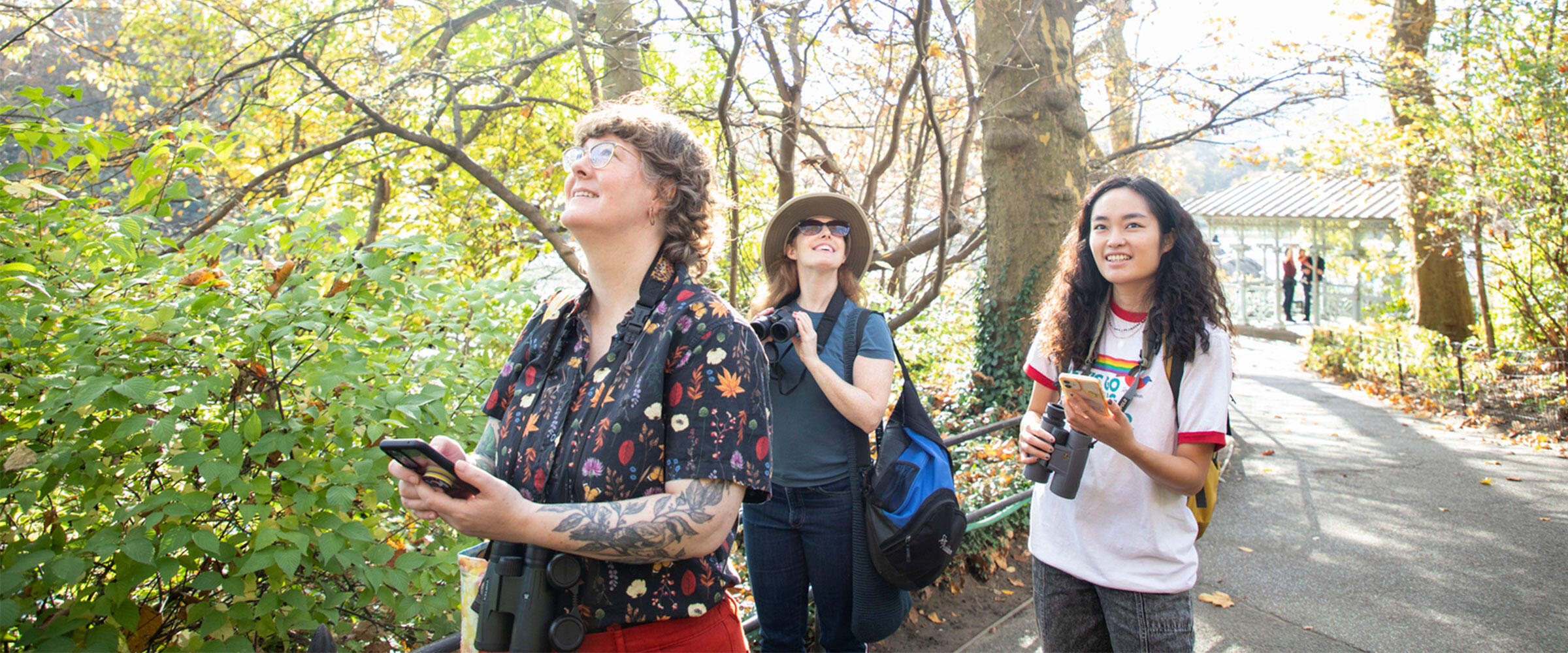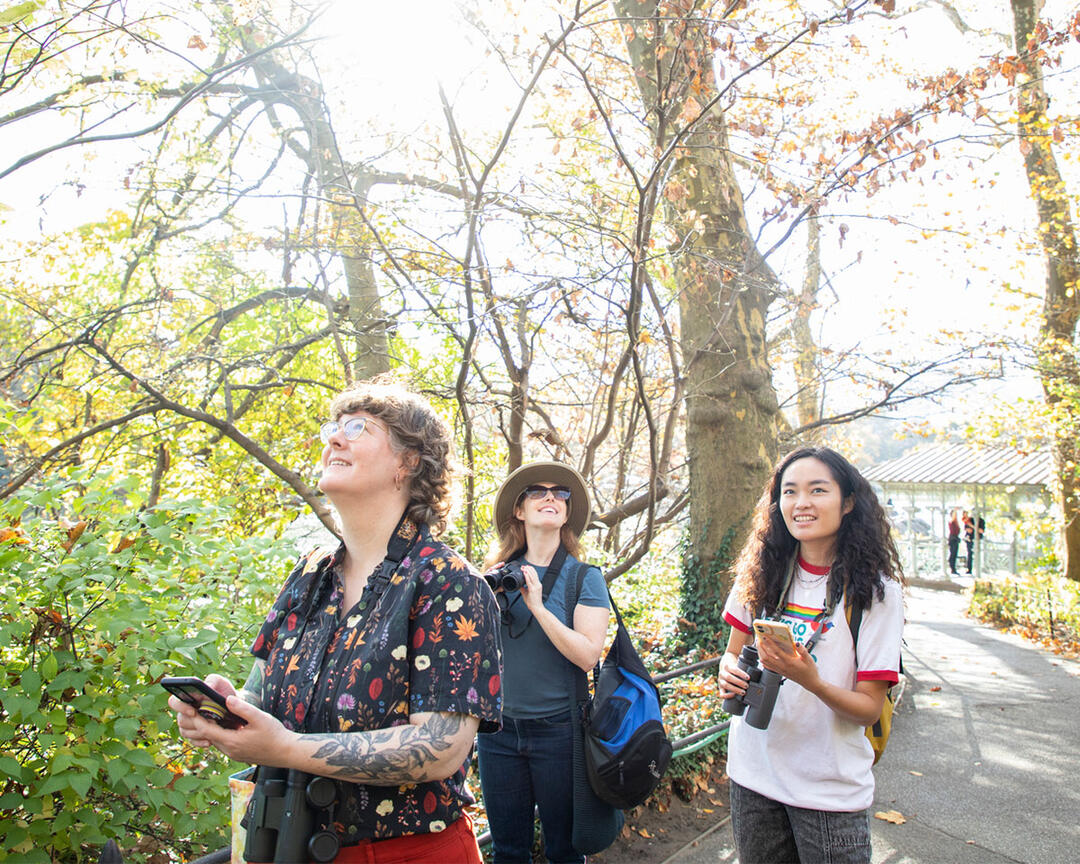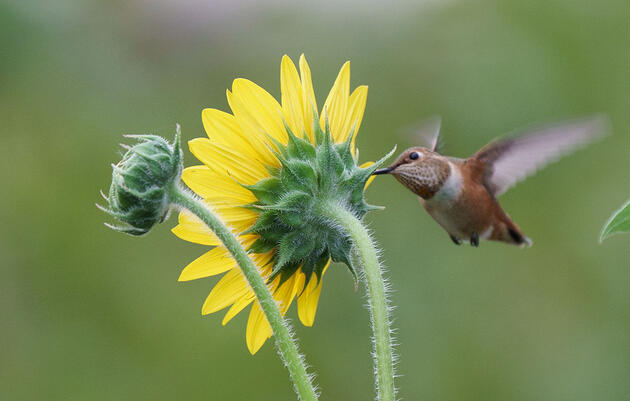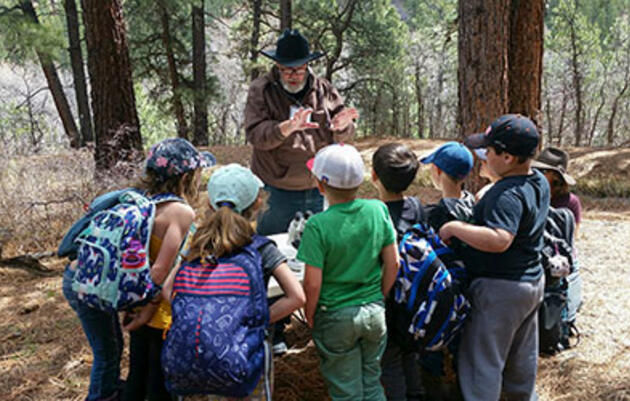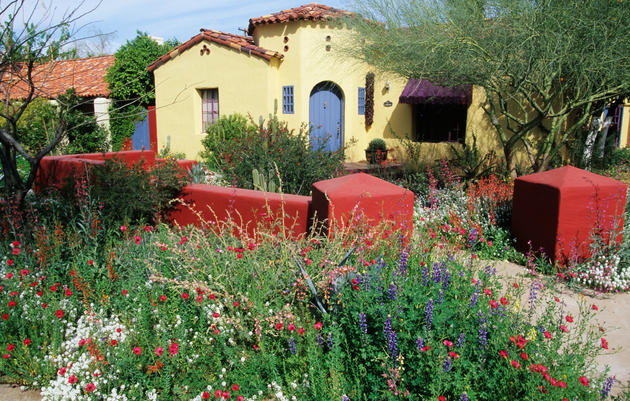According to a January 2024 report from the Pew Research Center, more than eight in ten Americans say they are at least somewhat concerned about the cost of consumer goods and housing. Another poll from March 2023 found that 73% of Americans worry about the quality of the environment. Combine worries about the economy and the environment, and things get overwhelming.
Luckily, protecting birds and the places they need doesn't need to break the bank. Plus, environmental worries may be eased by focusing on being part of the solution! With that in mind, here are six ways to be bird-friendly on a budget:
1. Sign Petitions
Perhaps the most budget-friendly way to help birds is to sign petitions and submit comment forms that influence policy that affects birds and the places they need. You can do it for free! Help birds by submitting comments and your signature to back bills and other initiatives that you support. Find current Audubon action opportunities that need your support here.
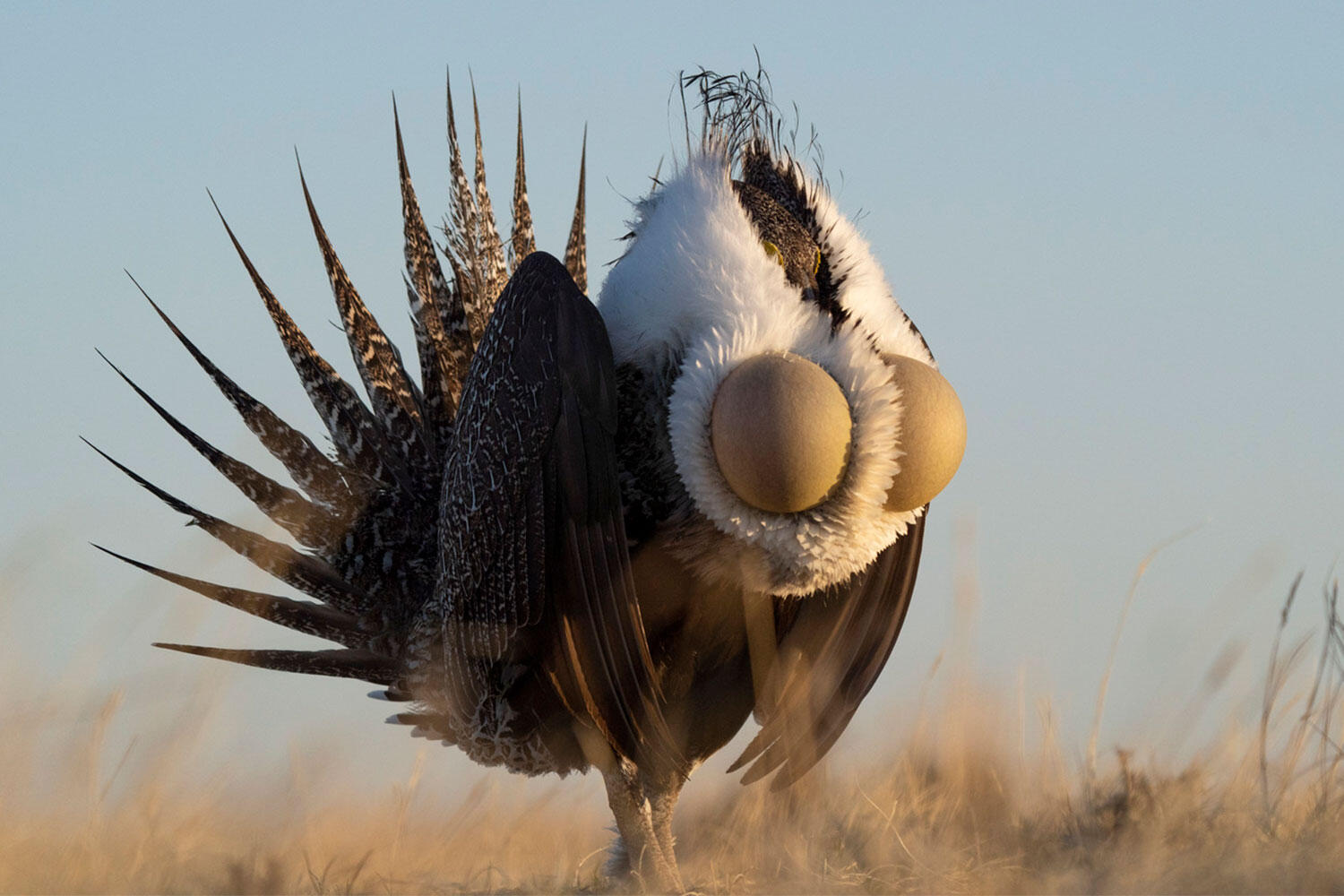
2. Volunteer
If you have time on your hands, consider volunteering in the field of bird conservation! Most volunteer opportunities are free, fulfilling, and look great on a resume. Check out our volunteer opportunities in Colorado, Utah, and Wyoming here.

3. Swap Out Your Outdoor Lightbulbs
Light pollution poses a threat to bird species that migrate at night. Making your home’s outdoor lighting more bird-friendly doesn’t require buying expensive new fixtures (although improving your fixtures is great too). You can also simply swap out your light bulbs.
Swap out your current light bulbs for ones with fewer lumens. They are dimmer, won't emit as much light into the sky, and are still bright enough for many home uses. Also opt for warmer-colored lights (which give off yellow hues) rather than cool-colored lights (which give off blue hues). Warm-colored light has a shorter reach than cool-colored light and has been shown to have fewer negative impacts on wildlife.
Most light bulbs can be purchased at home improvement stores for less than $20 per pack and individual bulbs can cost as little as $3.
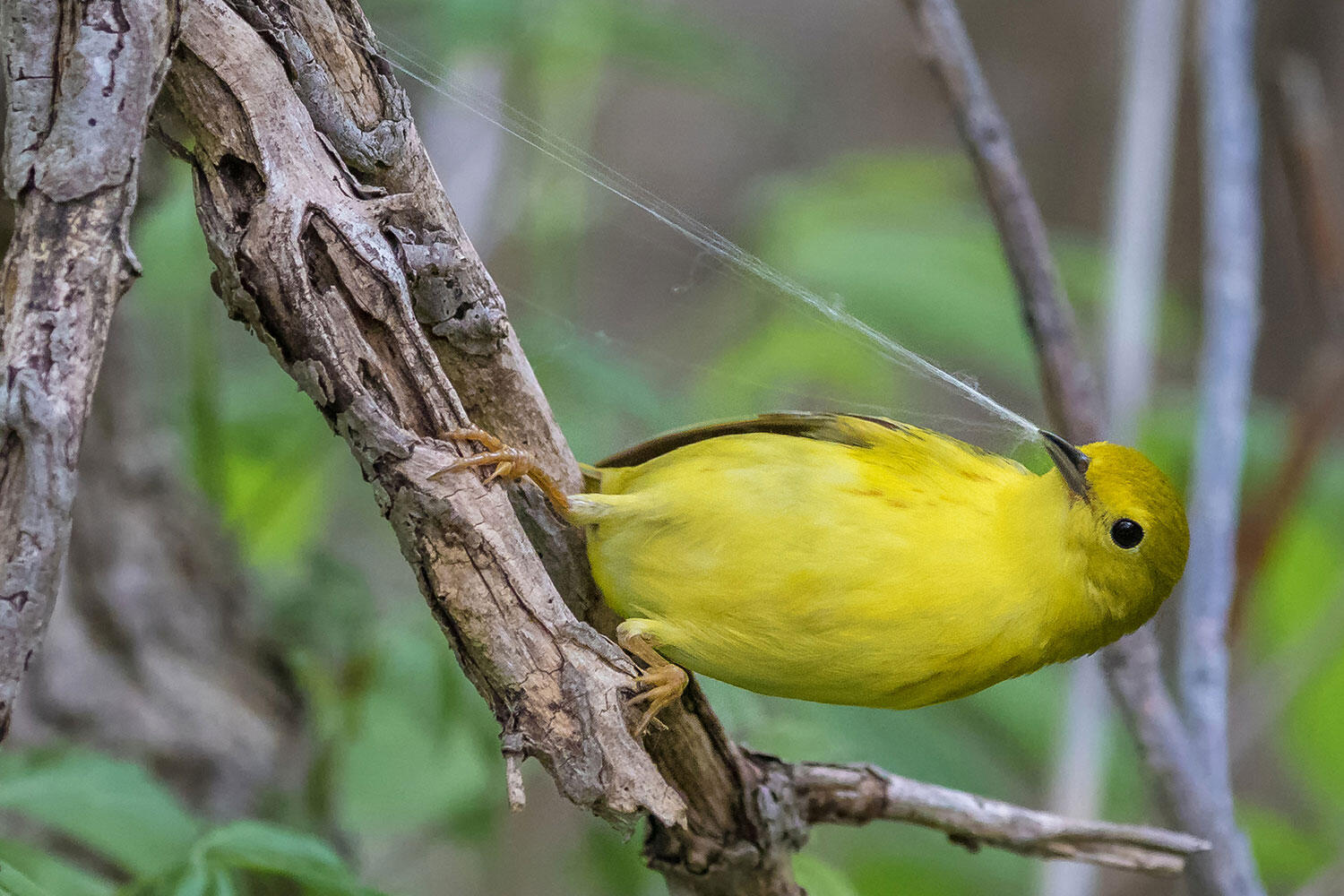
4. Plant Native Plants
Plants and birds go hand in hand. Native plants provide food and shelter for native birds, pollinators, and other wildlife. Doing your part could look like a few native plants on your patio or an entire yard filled with different native species. No native plant garden is too small!
Audubon's free native plant database can help you determine which species to plant. Four-packs and six-packs of native starter plants can often be purchased at local nurseries for less than $15 each. Seeds can be harder to grow but are even more budget-friendly, especially if you keep an eye out for local seed swap events and check your local library for a seed bank. And if you need flowerpots, I recommend searching for low-cost options at flea markets and thrift stores.

5. Participate in Community Science
If you’re watching birds, you can contribute to conservation science. Databases like eBird accept lists of bird sightings from the public. The data collected is then used to inform research that can help protect birds and the places they need.
You can build a bird list in real-time and submit it using the free eBird phone app, or you can write your list and submit it later on a computer at ebird.org.
Audubon also provides in-person community science opportunities in Colorado and Wyoming.
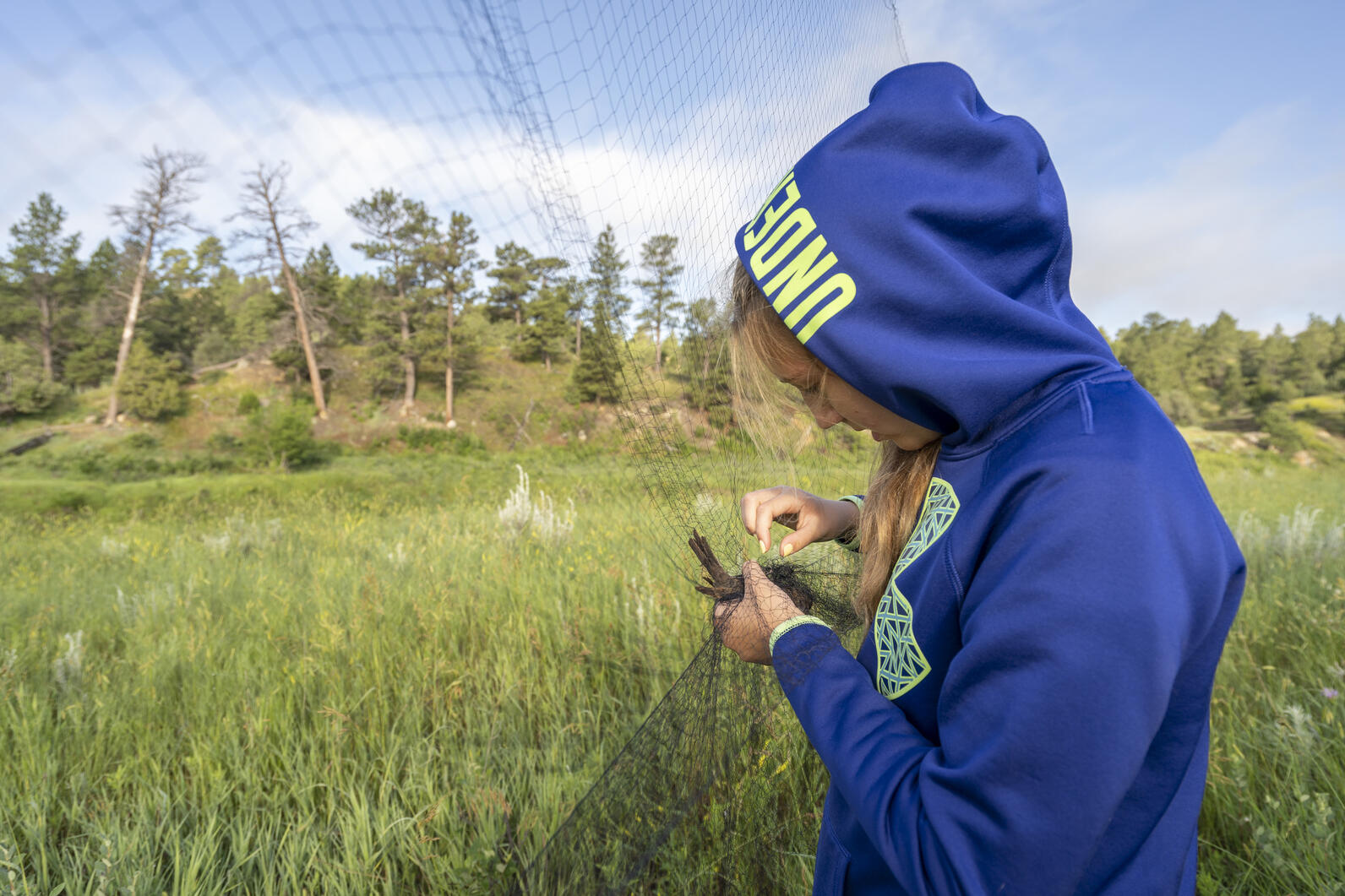
6. Share Your Love of Birds With Others
People only conserve what they care about, but people are increasingly disconnected from nature. Help your friends, family, and co-workers connect a bit more often! Point out the birds that you see when you’re together, share a fun bird fact, or tell them about an issue that’s near to your heart. Sharing your love of birds brings attention to them and their plight. You never know who you might inspire! I’ve turned a few friends and family members into bird lovers, myself.
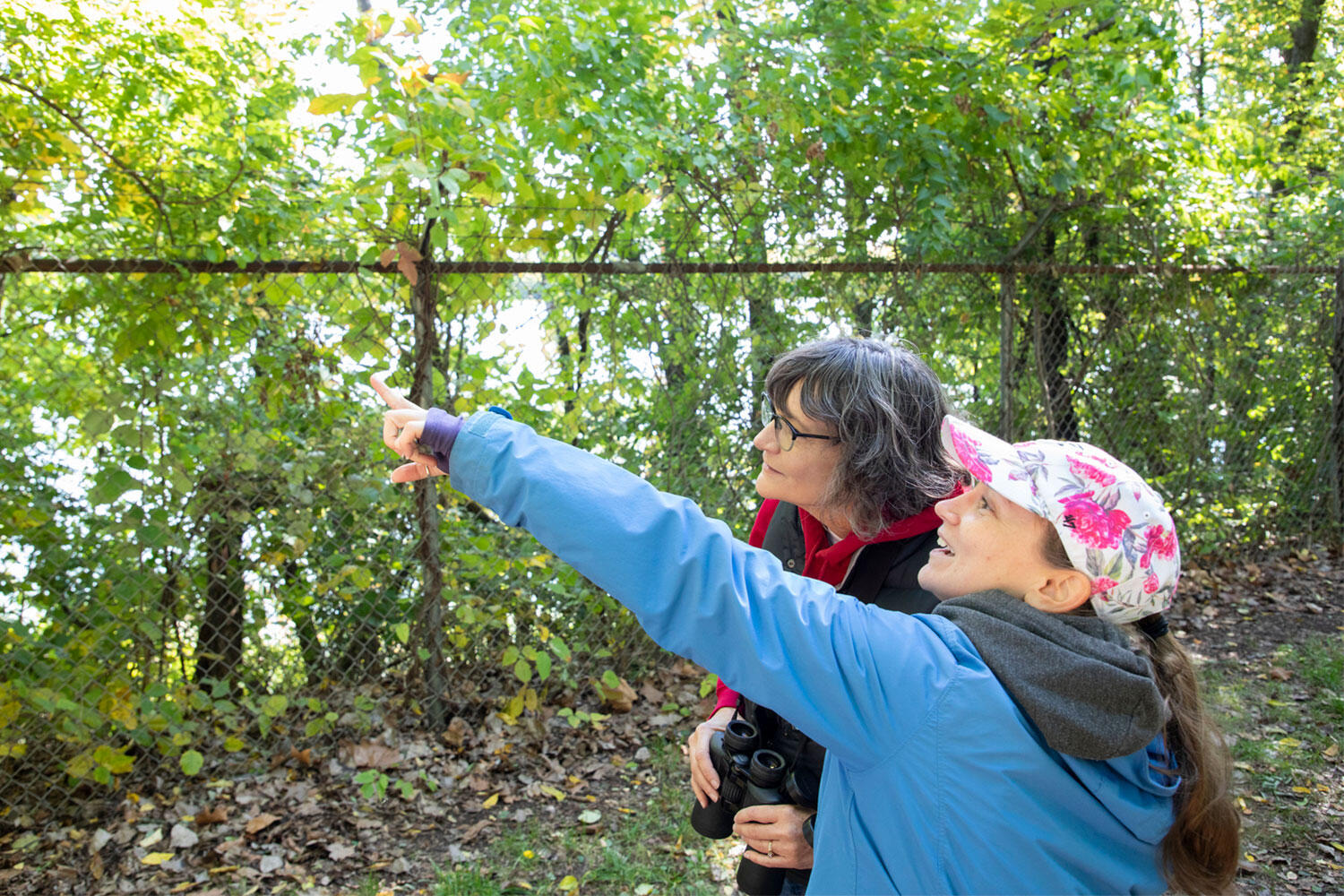
With just a little time and the desire to help, you can make a difference for birds and the places they need. Next time you’re feeling overwhelmed, remember: there are ways you can help.

